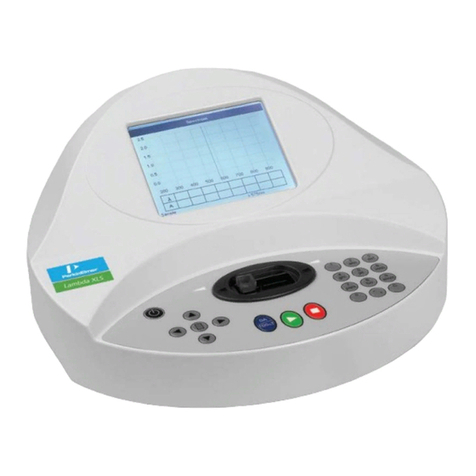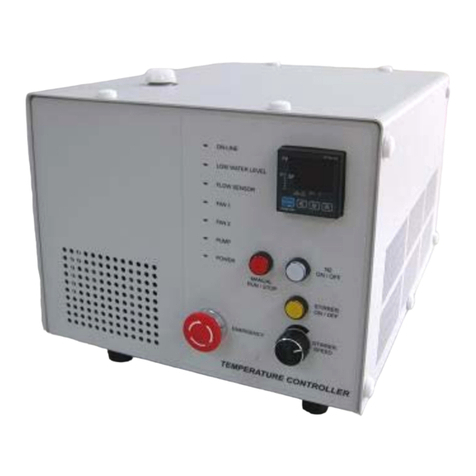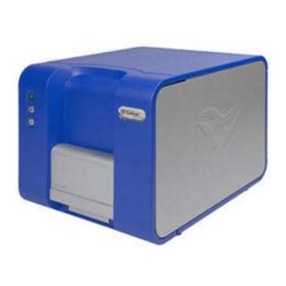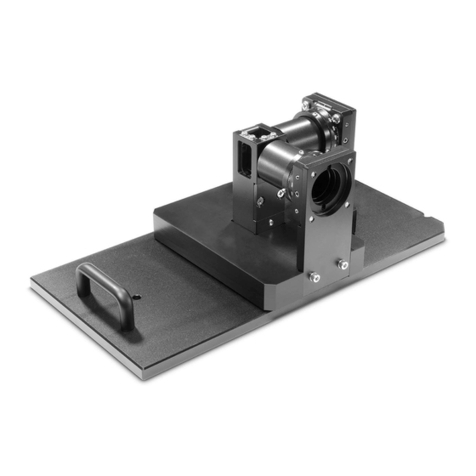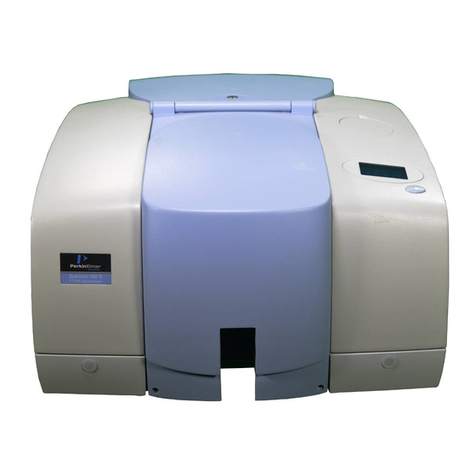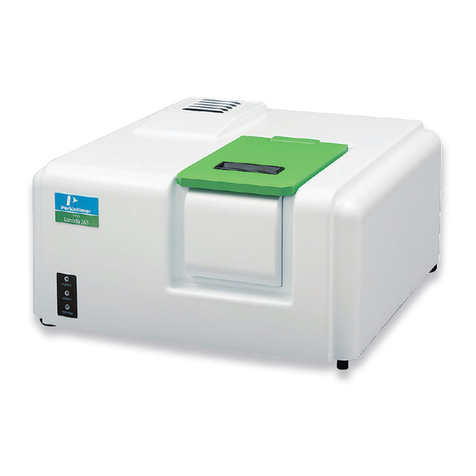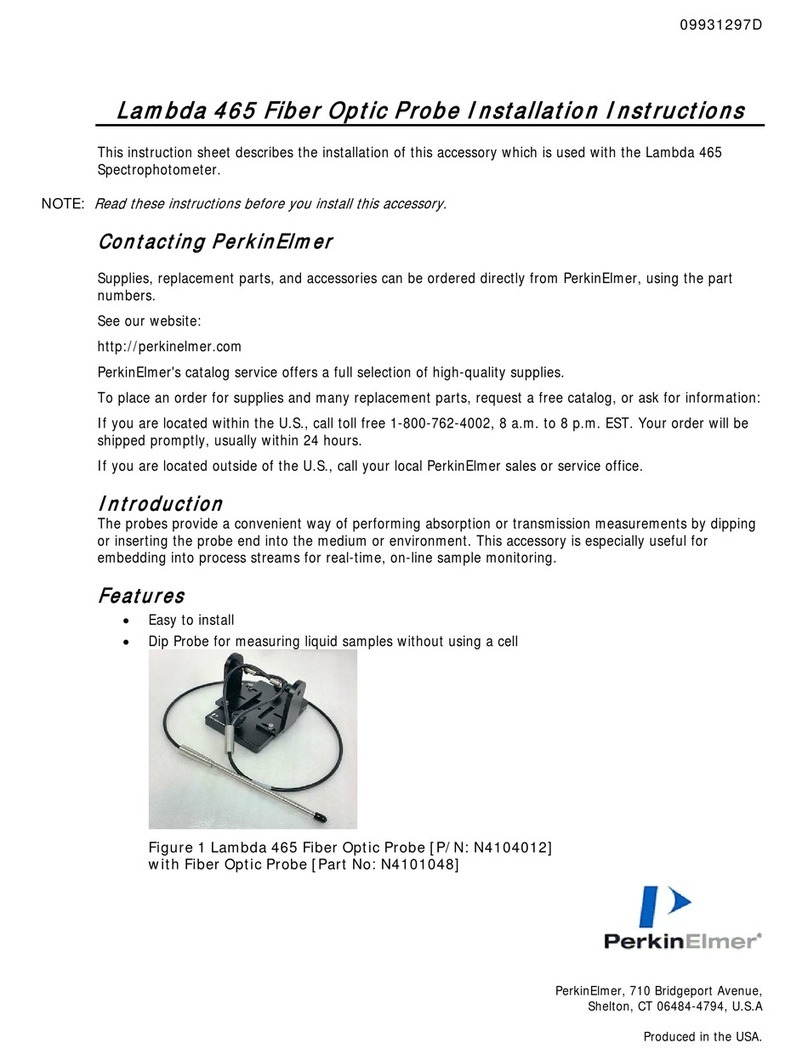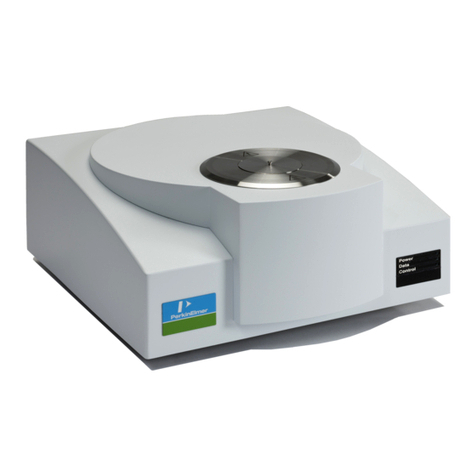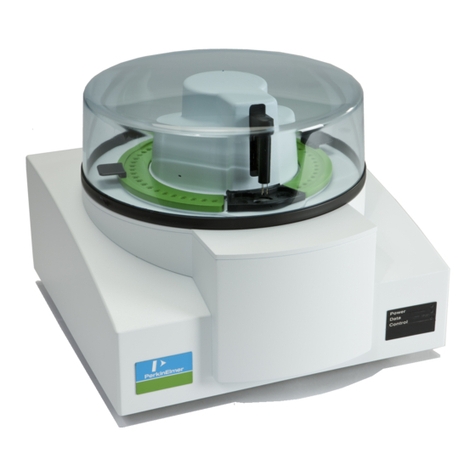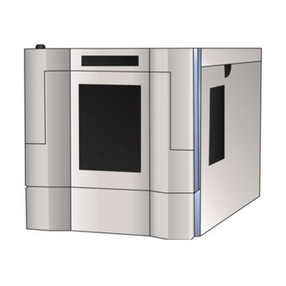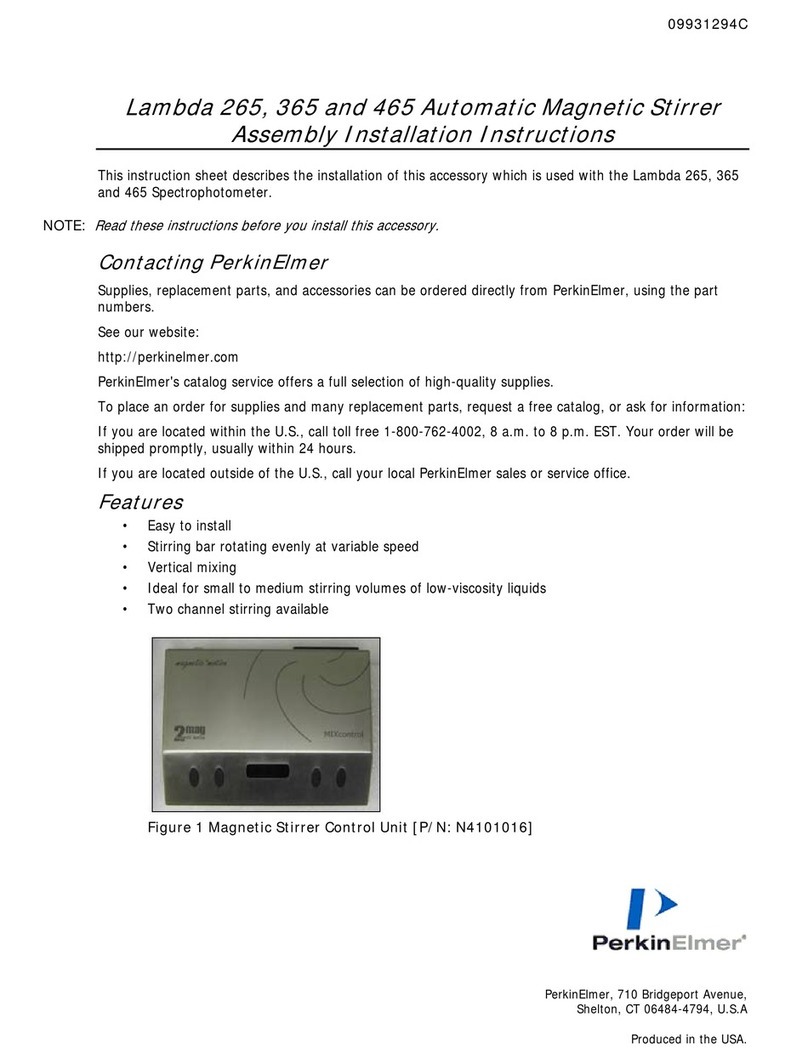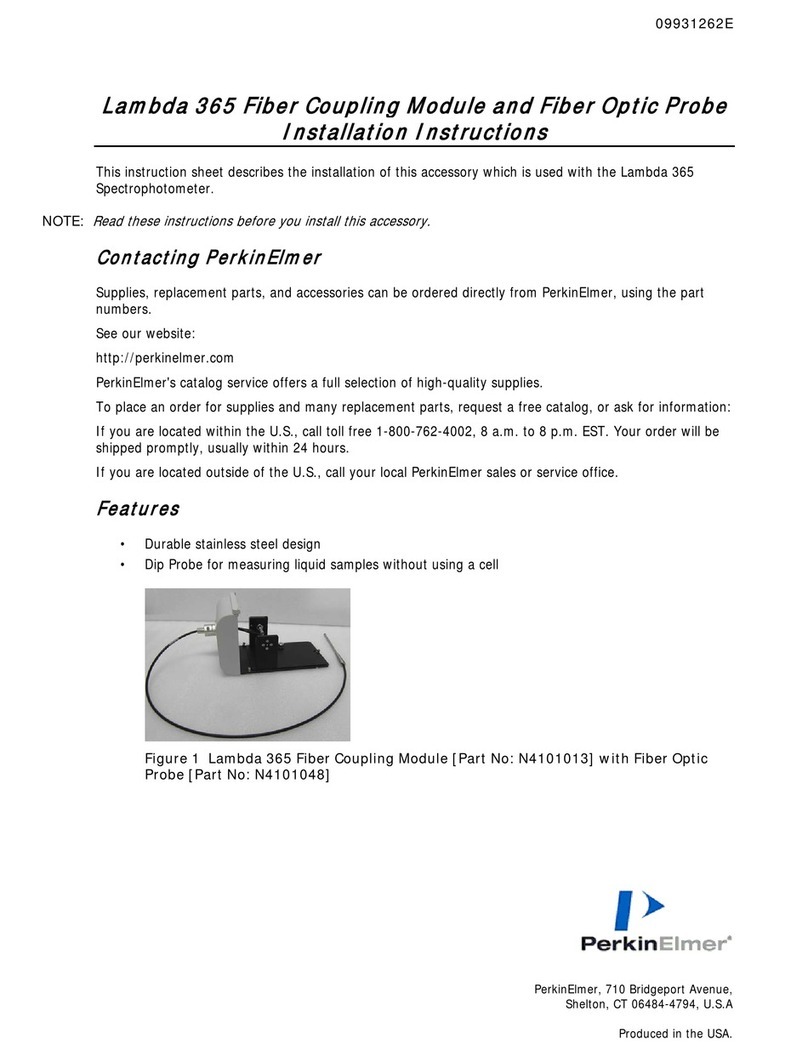3.
4.
5.
6.
7.
8.
9.
10.
11.
12.
13. a.
b.
c.
d.
e.
14.
15.
16.
17. a.
b.
c.
1.
2.
3.
4.
5.
6.
7.
1.
2.
3. a.
b.
4. a.
b.
c.
d.
Turn on the proper gas supplies and set pressures, recommended in the handbook.
Acetylene 85-100 kPA (12-14 psig)
Air (dry grade) 350-450 kPA (50-65 psig)
Nitrous oxide 345-520 kpa (50-75 psig)
Switch on the computer and start the Windows.
Switch on the spectrometer and accessories.
Start the AAWinLab. To remove the initial screen, click on Menus and Toolbar.
In the File menu, click on Open – Method… In the Open Method dialog, select the method you want to open, then click on OK.
Connect the lamp to appropriate socket.
On the tool bar click on Lamps.
Click on the appropriate Lamp to switch it ON.
Wait for couple minutes to warm up, click on Midscale to set the current.
Close the Align Lamps window.
Before you ignite the flame adjust the burner Height.
in the Tools menu, click on Continuous Graphics.
Open the flame compartment door.
Place a small piece of white cardboard over the burner, facing the light beam. Turn the horizontal adjustment knob until the light
beam is centered over the burner slot.
Lower the burner with vertical adjustment knob so that the burner head well below the light beam.
Click on Auto zero.
Check if the drain system is installed and operating correctly.
On the Toolbar click on Flame.
Aspirate the blank solution(distilled water). When the signal is steady, click on Autozero in Continuous Graphics Window.
On the toolbar click on Manual and Results.
in the Manual Control Window click on Analyze Blank. (you need to place the tubing in the solution before you click on Analyze)
Analyze Standards.
Analyze Sample.
Shutting down the Instrument after Flame Analysis
by Golda Yelaun
With the Flame still burning aspirate deionized water for five minutes.
In the Flame Control window, click on Flame off.
Turn off the burner gas supplies to the spectrometer.
Exit the software, including the main application and the Windows software.
Switch off the Spectrometer.
Switch off the computer.
Empty the burner drain vessel. Dispose the waste solutions according the Safety Regulations.
Instrument Calibration
Curve correction: Quantitative measurements in Atomic Absorption is based on Beer’s Law, which states that concentration is
proportional to absorbance: C = kA. The Perkin-Elmer AA-300 allows either linear or non-linear calibration using multiple calibration
standards.
Selecting the number and concentration of standards: Selecting the number and the concentration of calibration standards is very
important. If the analyte concentration of all samples to be analyzed falls within the linear range, one calibration standard should be used.
The top of the linear range for the most elements is between 0.20 and 0.30 absorbance units. If the analyte concentration in the samples
is expected to exceed the linear range, either two or three calibration standards should be used.
How to select calibration standards properly:
Make up three standards: The one (S1) should be on the top of the linear range. The concentration of the second standardfirst
(S2) should be the concentration of the first. The concentration of the third standard (S3) should be the concentration of3X 6X
the first standard (S1) ( rule).6:3:1
Preparing the calibration standards: Calibration standards are prepared from certified stock Standards for calibration. A variety of
stock standards are usually provided at concentration level at 1000mg/l, and are available directly from Perkin-Elmer as well as
from other commercial sources.
Creating a calibration curve:
Set up the spectrometer in the concentration mode. on .Auto zero Blank
In the Control window click and then .Manual Analysis Analyze Blank Analyze Standards
Click on .Analyze Sample
Check the calibration curve. If the calibration curve in the linear range and some standards appear to be off it, check them and



